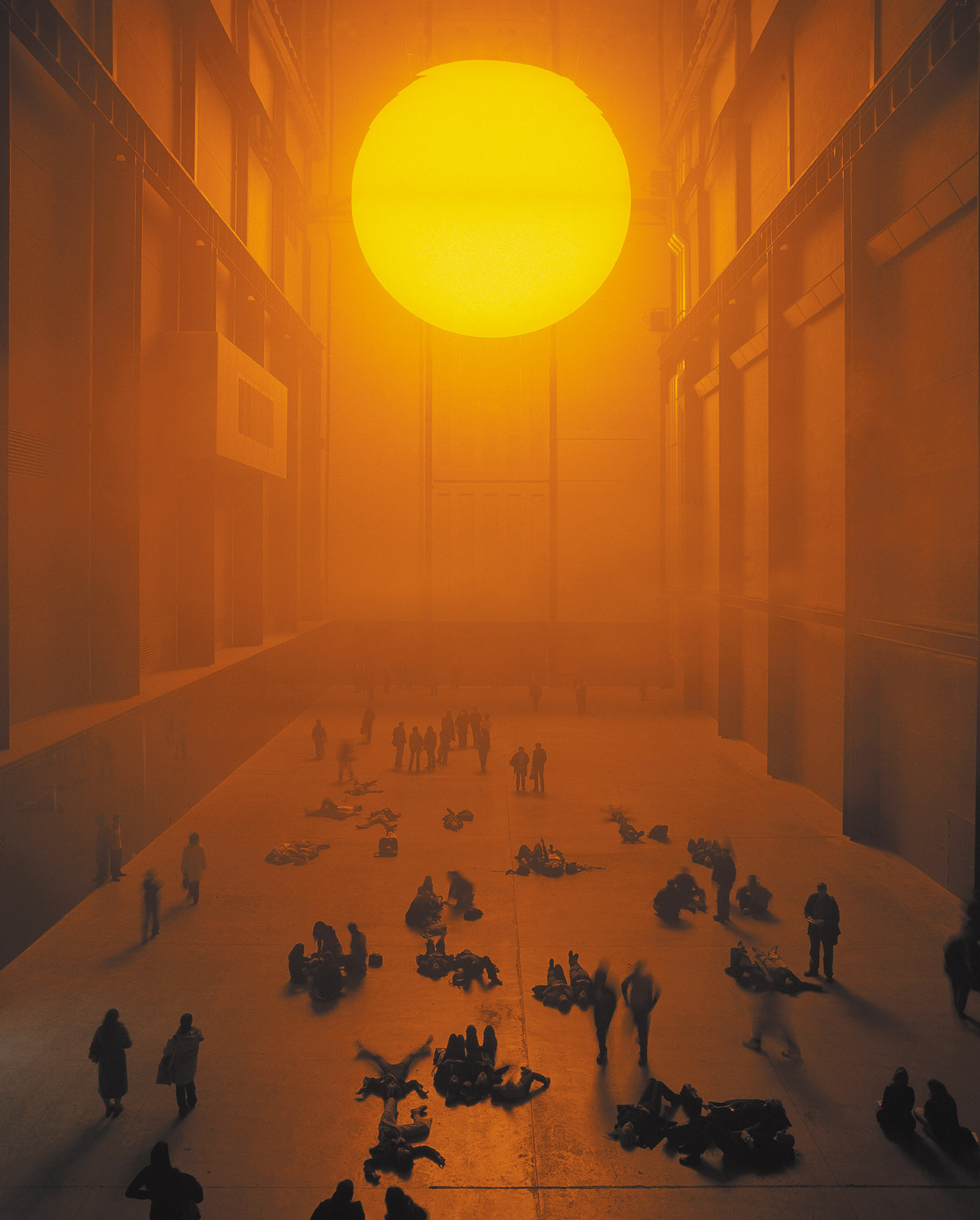
Art can benefit everyone, not just the institutional elite, curators or gallery visitor, but if we as a society are going to fully reap the benefits of great art, it needs to exist both in and outside of galleries – art activations and experiences need to be woven into the fabric of the places in which we live, work and play.
The good news is that you don’t need to be a curator or an intellectual to enjoy what art has to offer or to commission art that contributes to a happy, connected community.
You don’t need to be a curator or an intellectual to enjoy what art has to offer.
I am passionate about art because for me it is a shortcut to the emotive and experiential. Art represents little nuggets of daily experience that can send you into a daydream, provoking all sorts of thoughts and new boundaries of expression.
Anyone can benefit from what art has to offer without necessarily having to understand it or know its background. Everyone, whether they have a broad knowledge of art or know nothing about it, can give their opinion as to whether they like a piece of public art. And the greatest thing of all is the debate that springs up among those who love the artwork and others who don’t!
Like a good glass of wine, a beautiful meal, or a walk in the fresh air, art can shape the way you feel about the world. It can inspire some reaction or emotion in you whether you ‘understand’ it or not. There are no wrong answers in art, and there is a lot to be gained by having it in your life.
Through art, people can access perspectives outside of their own experience, which is so important for building happy, connected communities.
Artists leap into our imaginations and act as a familiar stranger. Through art, artists reflect their reality and lived experience, dreams, thoughts and feelings, and invite us all in to share it. When you work with an artist you are tapping into the rich layers of meaning they imbue in their work: their concerns, their culture, their hopes for the future, their strongest passions, and their deepest feelings.
There is a deep well of experiences that is available to people who take a moment to absorb an artwork. Art comes in many forms, and there are many layers to uncover in an artwork. That is what an artist offers you when you commission them to create an artwork, whether it’s something that will hang on your wall at home, grace your lobby, or will be shared with your community in a public space. There is so much more to art than matching a painting to a piece of furniture or the colours of a room’s walls or carpets.
I often hear clients raise concerns about bringing an artist onto a project – as if they are an unwieldy risk. This is a mostly unfounded concern, particularly if you have the right attitude and understanding and you are ready to engage with the possibilities of art and with the artists themselves because that is where the magic happens!
Artists bring a unique set of professional creative skills to solving problems that stump architects, developers and councils alike, and everyone benefits. When the right artist works with the right client on the right project, the outcome can be thought-provoking, stimulating and inspiring. It is key to tie to identify the potential of this problem solving value in the art strategy stage of a project, so it is not forgotten.
This is an edited excerpt from Making Art Matter by Emilya Colliver, Art Pharmacy. In the lead up to its publication later this year, we’ll be sharing a few choice morsels from the book with you every week.
Making Art Matter builds a bridge between artists and organisations, governments and the corporate world. It will help you to bring art into your life, workplace and suburb. It offers insights into the art world and how artists work, what motivates them and the practicalities of what they do.



